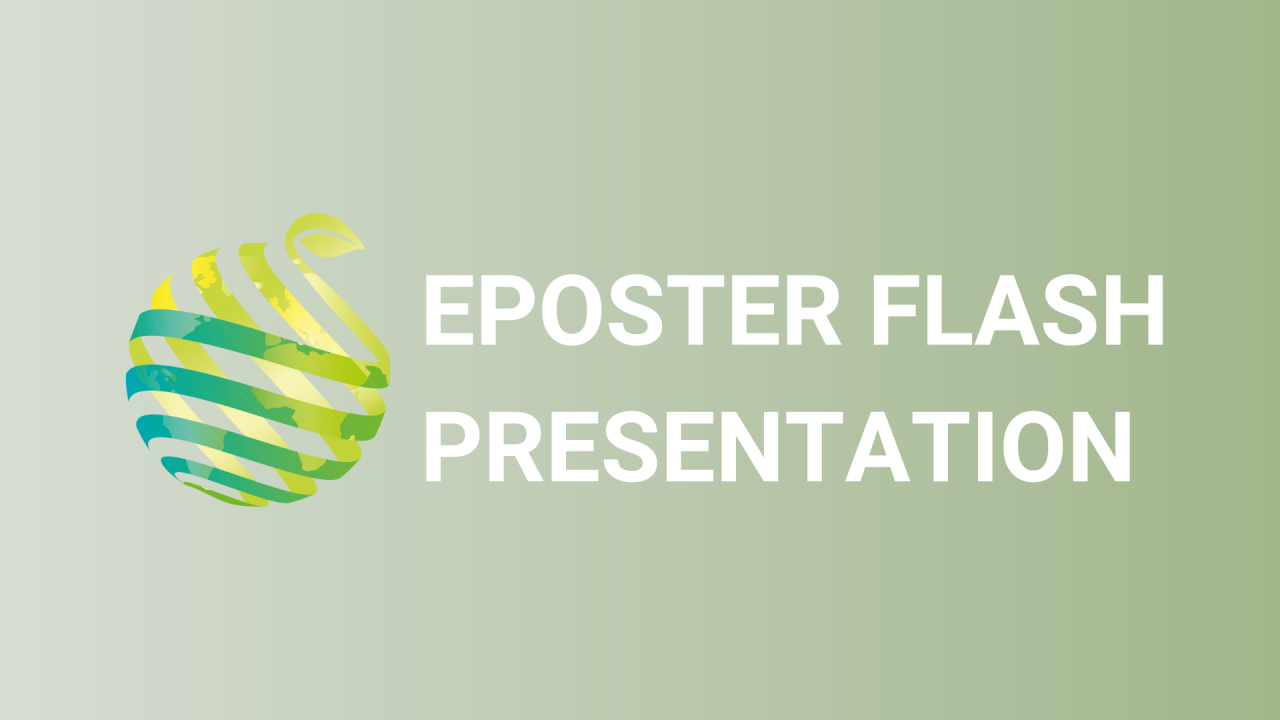

S04 - Session P6 - Somatic embryogenesis in cocoa (Theobroma cacao, L.) and mulberry (Morus alba, L.)
Information
Authors: Juan José Silva Pupo *, Yanexi Fonseca Carrasco, Jorge Pérez Pérez , ngel Espinosa Reyes, Stefaan Werbrouck
Abstract. In woody species such as cocoa and mulberry, somatic embryogenesis is a necessary and useful tool for the propagation, improvement and in vitro conservation of plant genetic resources. In Theobroma cacao , cotyledons and flower buds were used as explants. Experiments were carried out for the disinfection and selection of the explants, callus formation, differentiation, maturation and conversion of somatic embryos into seedlings. The somatic embryogenesis process was also characterised histologically. The staminoids showed a better response to the formation of callus and somatic embryos than the cotyledons. Somatic embryos were formed in differentiation media with kinetin (9.32 µM) and NAA (2.69 µM) in clones UF-613 and Pound-7. These went through the spherical, heart-shaped, torpedo and cotyledonal stages. Maturation of somatic embryos took place in DKW medium with 6% sucrose. The conversion rate of somatic embryos was 20.8% for clone UF-613 and 31.8% for Pound-7. Histological analysis revealed the formation of calluses, pro-embryos and embryogenic cells in addition to the shoot and root meristem. Also in Morus alba , different types of explants and culture media were evaluated to obtain callus and embryogenic structures. the highest percentage of callus formation was observed in the explants from longitudinally cut stems on MS medium supplemented with BAP (8.88 µM) + 2.4-D (2.26 µM). On medium with 4.54 µM TDZ, this resulted in 94% formation of embryogenic structures.